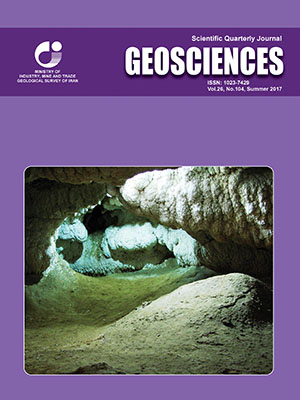Document Type : Original Research Paper
Authors
1 Ph.D. Student, Faculty of Natural Science, University of Tabriz, Tabriz, Iran
2 Assistant Professor, Faculty of Natural Science, University of Tabriz, Tabriz, Iran
3 Professor, Faculty of Natural Science, University of Tabriz, Tabriz, Iran
Abstract
Due to the infiltration of contaminants from surface to underground water systems, groundwater pollution is one of the serious problems, especially in arid and semi-arid areas that encounter with lack of quality and quantity of water resources. Therefore, groundwater vulnerability evaluation is necessary to manage the groundwater resources by identifying areas with high potential of contamination. In this study, groundwater vulnerability in Ardabil plain aquifer was evaluated by applying DRASTIC model. DRASTIC model was prepared by seven effective parameters on vulnerability, including groundwater depth, net recharge, aquifer media, soil media, topography, impact of vadose zone, and hydraulic conductivity. These parameters were prepared as seven raster layers, and DRASTIC index was then calculated after ranking and weighting. The DRASTIC index value was obtained between 82 to 151 for the Ardabil plain. The main problem of this model is the subjectivity in determining rates and weights of the parameters. Therefore, the purpose of this study is to improve DRASTIC model using 5 methods of artificial intelligence (AI), such as Feedforward network (FFN), Recurrent neural network (RNN), Sugeno fuzzy logic (SFL), Mamdani fuzzy logic (MFL), and Committee machine (CM) to obtain the most accurate results of vulnerability evaluation. Because of heterogeneity in the Ardabil Plain, it is divided into 3 sections including west, east and north, and each section needs an individual model. For this purpose, the DRASTIC parameters and the vulnerability index were defined as inputs data and output data respectively for models, and nitrate concentration data were divided into two categories for training and test steps. The output of model in training step was corrected by the related nitrate concentration, and after model training, the output of model in test step was verified by the nitrate concentration. The results show that all of the artificial intelligence methods are able to improve the DRASTIC model, but the supervised committee machine artificial intelligence (SCMAI) model had the best results. According to this model, the most of high pollution potential areas located in western and northern parts of the plain, and need more protection.
Keywords

